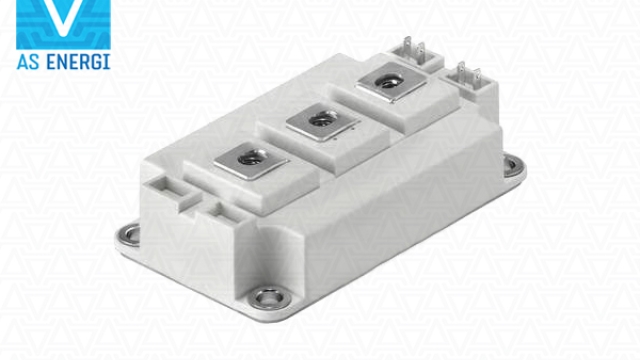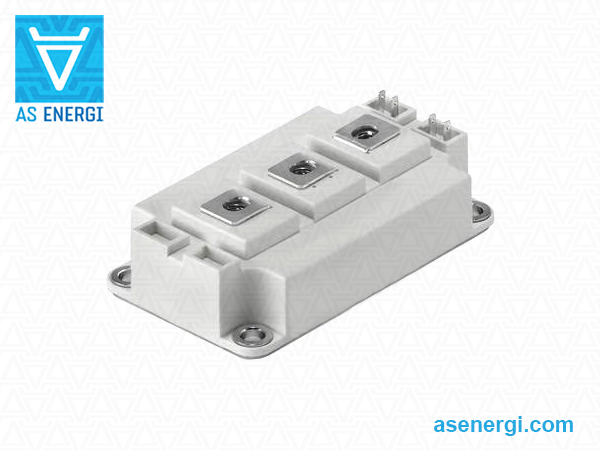
Unlocking the Power of IGBT Modules: A Comprehensive Guide
- by Jose Bryant

As technology continues to advance, the demand for efficient power management solutions has never been greater. One key player in this field is the Insulated Gate Bipolar Transistor Module, more commonly known as the IGBT module. This crucial component has revolutionized the way power is controlled and distributed in a wide range of applications, from industrial machinery to renewable energy systems.
The IGBT module combines the high switching speed of a transistor with the high current handling capabilities of a bipolar junction transistor, making it an ideal choice for power electronics. Its ability to deliver both voltage and current regulation in a single package has made it a go-to option for applications where precise control and high efficiency are paramount. In this comprehensive guide, we will delve into the inner workings of IGBT modules, their key features, and how they unlock the power potential of various systems.
Benefits of Using IGBT Modules
IGBT modules offer enhanced power handling capabilities compared to traditional power transistors. The inherent design of IGBT modules allows for efficient switching operations, resulting in lower power losses and improved overall system efficiency.
One key advantage of utilizing IGBT modules is their reliable performance under high voltage and current conditions. This makes them ideal for applications that require precise control of power flow, such as in renewable energy systems and industrial automation.
Furthermore, IGBT modules are compact in size and lightweight, making them easy to integrate into various electronic devices and systems. Their modular construction also allows for scalability, enabling users to easily expand the power capacity of their applications without extensive redesign.
Applications of IGBT Modules
IGBT modules find wide application in various industries such as automotive, renewable energy, and industrial machinery. Due to their ability to switch high voltages and currents with efficiency, they are commonly used in electric vehicles, hybrid vehicles, and charging stations.
In the renewable energy sector, IGBT modules play a crucial role in inverters for solar power systems and wind turbines. Their high power handling capacity and fast switching speeds make them ideal for converting DC power generated by solar panels or wind turbines into usable AC power for households and industries.
Industrial machinery benefits greatly from the use of IGBT modules in motor control applications. Whether it’s controlling the speed and torque of electric motors in conveyors, pumps, or compressors, IGBT modules provide precise and efficient power control, resulting in improved productivity and energy savings.
Maintenance Tips for IGBT Modules
Regular maintenance of IGBT modules is crucial to ensure their optimal performance and longevity.
First, ensure proper cooling and ventilation for the modules to prevent overheating. Clean the cooling system regularly and check for any blockages that could obstruct airflow.
Additionally, inspect the power connections to the IGBT modules periodically to ensure they are tight and secure. Loose connections can lead to increased resistance and heat buildup, which can damage the modules.
IGBT Module
Lastly, monitor the operating conditions of the modules and look out for any signs of abnormal behavior such as voltage spikes or erratic temperature readings. Promptly address any issues to prevent further damage and maintain the efficiency of the IGBT modules.
As technology continues to advance, the demand for efficient power management solutions has never been greater. One key player in this field is the Insulated Gate Bipolar Transistor Module, more commonly known as the IGBT module. This crucial component has revolutionized the way power is controlled and distributed in a wide range of applications, from…